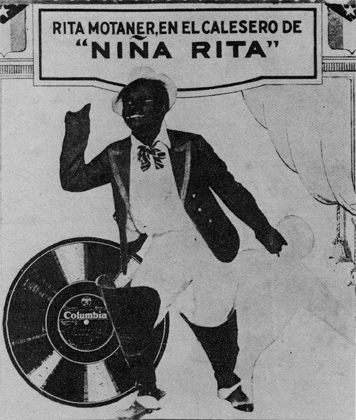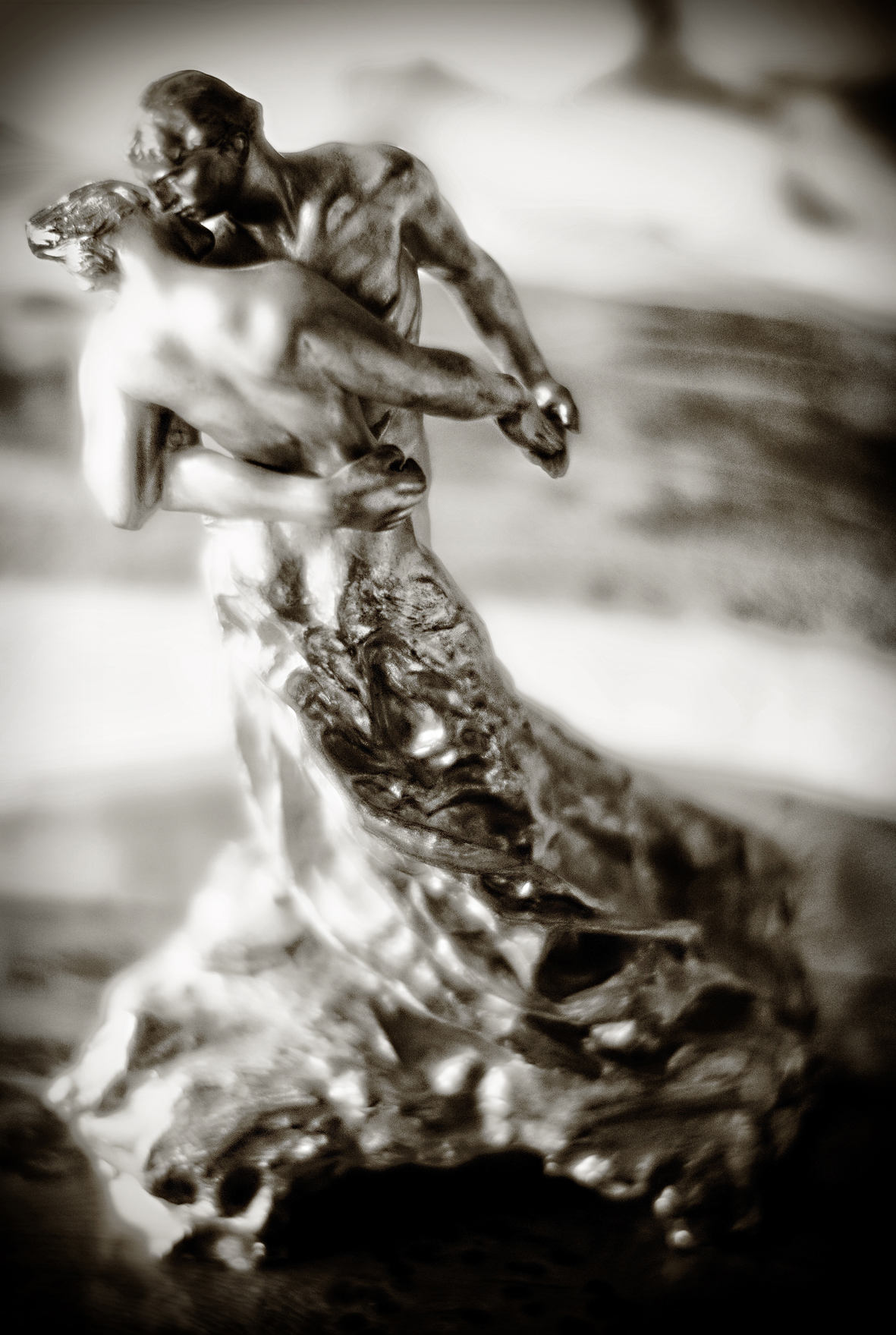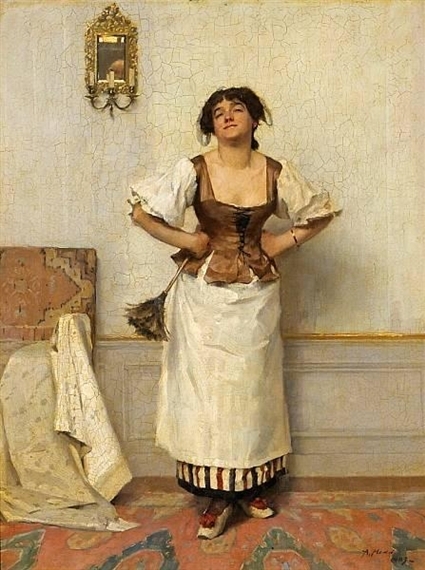|
Die Försterchristl
Die Försterchristl (also ''Die Försterchristel'') is an operetta in three acts by Georg Jarno to a libretto by Bernhard Buchbinder. It premiered on 17 December 1907 at the Theater in der Josefstadt in Vienna. Three years later, its English version by librettist Leonard Liebling had a run of 64 performances at Broadway's Herald Square Theatre in 1910/11 under the title ''The Girl and the Kaiser''. The work is known in English as ''The Girl and the Kaiser'', ''The Bohemian Dancer'', ''The Forester's Daughter'' and in French as ''La petite amie de sa majesté'' and ''Christelle et l'empereur''. Roles * Kaiser Joseph II *Graf Kolonitzky, Adjutant general *Graf Gottfried von Leuben, Majordomo *von Reutern, Chamberlain *Baronesse Agathe von Othegraven, Lady-in-waiting *Count Sternfeld, Captain *Kontesse Josephine, his sister *Franz Földessy, Steward to Sternfeld (tenor) *Hans Lange, forester *Christine, his daughter (soubrette) *Peter Walperl (buffo) *Minka, gypsy *Ladies and g ... [...More Info...] [...Related Items...] OR: [Wikipedia] [Google] [Baidu] |
Operetta
Operetta is a form of theatre and a genre of light opera. It includes spoken dialogue, songs and including dances. It is lighter than opera in terms of its music, orchestral size, and length of the work. Apart from its shorter length, the operetta is usually of a light and amusing character. The subject matter may portray "lovers' spats, mistaken identities, sudden reversals of fortune, and glittering parties". It sometimes also includes satirical commentaries. "Operetta" is the Italian diminutive of "opera" and was used originally to describe a shorter, perhaps less ambitious work than an opera. Operetta provides an alternative to operatic performances in an accessible form targeting a different audience. Operetta became a recognizable form in the mid-19th century in France, and its popularity led to the development of many national styles of operetta. Distinctive styles emerged across countries including Austria-Hungary, Germany, England, Spain, the Philippines, Mexico, Cuba, ... [...More Info...] [...Related Items...] OR: [Wikipedia] [Google] [Baidu] |
Captain (land)
The army rank of captain (from the French ) is a commissioned officer rank historically corresponding to the command of a company of soldiers. The rank is also used by some air forces and marine forces, but usually refers to a more senior officer. History The term ultimately goes back to Late Latin meaning "head of omething; in Middle English adopted as in the 14th century, from Old French . The military rank of captain was in use from the 1560s, referring to an officer who commands a company. The naval sense, an officer who commands a man-of-war, is somewhat earlier, from the 1550s, later extended in meaning to "master or commander of any kind of vessel". A captain in the period prior to the professionalization of the armed services of European nations subsequent to the French Revolution, during the early modern period, was a nobleman who purchased the right to head a company from the previous holder of that right. He would in turn receive money from another nobleman t ... [...More Info...] [...Related Items...] OR: [Wikipedia] [Google] [Baidu] |
Harry Liedtke
Harry Liedtke (12 October 1882 – 28 April 1945) was a German film actor. Early life Liedtke was born in Königsberg, East Prussia as the seventh out of 12 children of a merchant. After his father's death in 1896, he grew up in an orphanage and began a qualification in retail business. By the chance acquaintance of Hans Oberländer, a stage director at Berlin, he started to take stage classes and was first engaged at the municipal Theater of Freiberg, Saxony. In 1908 Liedtke worked at the New German Theatre in New York City and in 1909 at the Deutsches Theater Berlin. Career In 1912 Liedtke appeared for the first time in the silent movie ''Zu spät'' and from then onwards usually as a young "Charming Boy" and gentleman. With Ernst Lubitsch he made movies like ''Das fidele Gefängnis'' (1917), ''Die Augen der Mumie Ma'' (1918), ''Carmen'' (1918), '' Die Austernprinzessin'' (1919), '' Madame DuBarry'' (1919), ''Sumurun'' (1920) and '' Das Weib des Pharao'' (1921). He also appear ... [...More Info...] [...Related Items...] OR: [Wikipedia] [Google] [Baidu] |
Lya Mara
Lya Mara (born Aleksandra Gudowicz; 1 August 1897 – 1 March 1960) was a Polish people, Polish actress. She was one of the biggest stars of the Cinema of Germany, German silent cinema. Biography Lya Mara was born Aleksandra Gudowicz in a Polish family in Riga, Governorate of Livonia. As a young girl she wanted to become a chemist, as then famous Maria Skłodowska-Curie. Just before World War I, in 1913 Lya Mara moved with her family to Warsaw, as Poland and Latvia were part of the Russian Empire. There, she began her career as a dancer. In Warsaw, Lya Mara played her first small part in a short fiction silent film under a characteristically simplified title ''We want husband'' (1916, as Mia Mara) and soon after in another film ''Bestia'' (''The Beast'', premiere on 5 January 1917) directed by a Polish director of older generation Alexander Hertz. Another Polish actress, Pola Negri, who later made an extraordinary career in Germany and in America, was the star of this film. Soon ... [...More Info...] [...Related Items...] OR: [Wikipedia] [Google] [Baidu] |
Frederic Zelnik
Frederic Zelnik (born Friedrich Zelnik; 17 May 1885 – 29 November 1950) was an Austrian producer, director, and actor. He was one of the most important producers-directors of the German silent cinema. Zelnik achieved success through period operetta films in the 1920s and 1930s. Biography Friedrich Zelnik was born into a Jews, Jewish family in Czernowitz, today in Ukraine, at the time the capital of the Duchy of Bukovina in the Austrian part of the Austro-Hungarian Monarchy. After studying in Vienna, Friedrich Zelnik worked as an actor in theaters in Nürnberg, Theater Aachen, Aachen, Worms, Germany, Worms, Prague and finally Berlin - in the theaters Theater an der Königsgrätzer Straße, Berliner Theater, and Komödienhaus. In 1914 Friedrich Zelnik began acting in films, and after 1915 producing and directing movies while still appearing in roles as an actor in other director'films. In 1918 he married a young Polish ballet dancer turned film actress named Lya Mara and promote ... [...More Info...] [...Related Items...] OR: [Wikipedia] [Google] [Baidu] |
The Bohemian Dancer (1926 Film)
''The Bohemian Dancer'' () is a 1926 German silent drama film directed by Frederic Zelnik and starring Lya Mara, Harry Liedtke, and William Dieterle. It premiered in Berlin on 5 March 1926.Grange p. 220 It is based on the operetta 1907 ''Die Försterchristl'' composed by Georg Jarno with a libretto by Bernhard Buchbinder. It was shot at the Staaken Studios in Berlin. The film's art direction was by Gustav A. Knauer and Andrej Andrejew who designed the sets. The film is set in Vienna and Hungary Hungary is a landlocked country in Central Europe. Spanning much of the Pannonian Basin, Carpathian Basin, it is bordered by Slovakia to the north, Ukraine to the northeast, Romania to the east and southeast, Serbia to the south, Croatia and ... during the 18th century. Cast References Bibliography * External links * 1926 films 1920s historical drama films Films of the Weimar Republic German silent feature films Films directed by Frederic Zelnik Films based on ope ... [...More Info...] [...Related Items...] OR: [Wikipedia] [Google] [Baidu] |
Csárdás
Csárdás (, ; ), often seen as Czárdás, is a traditional Hungarian folk dance, the name derived from ' (old Hungarian term for roadside tavern and restaurant). It originated in Hungary and was popularized by bands in Hungary as well as neighboring countries and regions such as of Slovenia, Burgenland, Croatia, Transylvania, Slovakia, Vojvodina and Moravia, as well as among the Banat Bulgarians, including those in Bulgaria. History The origin of the csárdás was a death dance, when the soldier fought with his opponent, watched him, watched his weak points, then as a victor killed him and danced in joy with the others. So the origin of the csárdás can be traced back to the Turkish wars. The csárdás is characterized by a variation in tempo: it starts out slowly (''Lassan (music), lassú'') and ends in a very fast tempo (''Friska, friss'', literally "fresh"). There are other tempo variations, called ''ritka csárdás'', ''sűrű csárdás'' and ''szökős csárdás''. ... [...More Info...] [...Related Items...] OR: [Wikipedia] [Google] [Baidu] |
Waltz
The waltz ( , meaning "to roll or revolve") is a ballroom dance, ballroom and folk dance, in triple (3/4 time, time), performed primarily in closed position. Along with the ländler and allemande, the waltz was sometimes referred to by the generic term German Dance in publications during the late 18th and early 19th centuries. History There are many references to a sliding or gliding dance, including ''volte'', that would evolve into the waltz that date from 16th-century Europe, including the representations of the Printmaking, printmaker Sebald Beham, Hans Sebald Beham. The French philosopher Michel de Montaigne wrote of a dance he saw in 1580 in Augsburg, where the dancers held each other so closely that their faces touched. Kunz Haas (of approximately the same period) wrote, "Now they are dancing the godless ''Weller'' or ''Spinner''."Nettl, Paul. "Birth of the Waltz." In ''Dance Index'' vol 5, no. 9. 1946 New York: Dance Index-Ballet Caravan, Inc. pages 208, 211 "The ... [...More Info...] [...Related Items...] OR: [Wikipedia] [Google] [Baidu] |
Footman
A footman is a male domestic worker employed mainly to wait at table or attend a coach or carriage. Etymology Originally in the 14th century a footman denoted a soldier or any pedestrian, later it indicated a foot servant. A running footman delivered messages.The Concise Oxford Dictionary, He might run beside or behind the carriages of aristocrats, running alongside the coach to make sure it was not overturned by such obstacles as ditches or tree roots. A footman might also run ahead to the destination to prepare for his lord's arrival. Roles The name was applied to a household domestic worker, servant who waited at table and attended, rode on his employer's coach or carriage in case of untoward incidents. In many cases, a footman was expected to serve as an armed bodyguard. Many were skilled with pistols to defend their employer's coach against Highwayman, highwaymen. The ''first footman'' was the designation given to the highest-ranking servant of this class in a given hous ... [...More Info...] [...Related Items...] OR: [Wikipedia] [Google] [Baidu] |
Gendarmerie
A gendarmerie () is a paramilitary or military force with law enforcement duties among the civilian population. The term ''gendarme'' () is derived from the medieval French expression ', which translates to " men-at-arms" (). In France and some Francophone nations, the gendarmerie is a branch of the armed forces that is responsible for internal security in parts of the territory (primarily in rural areas and small towns in the case of France), with additional duties as military police for the armed forces. It was introduced to several other Western European countries during the Napoleonic conquests. In the mid-twentieth century, a number of former French mandates and colonial possessions (such as Lebanon, Syria, the Ivory Coast and the Republic of the Congo) adopted a gendarmerie after independence. Similar forces exist in most European countries. The European Gendarmerie Force is a structure, aligned with the European Union, that facilitates joint operations. A similar ... [...More Info...] [...Related Items...] OR: [Wikipedia] [Google] [Baidu] |
Fictional Representations Of Romani People
Many fictional depictions of the Romani people, Roma in literature and art present Romanticized narratives of their supposed mystical powers of fortune telling, and their supposed irascible or passionate temper which is paired with an indomitable love of freedom and a habit of criminality. Critics of how the Roma have been portrayed in popular culture point out similarities to Racial antisemitism, portrayals of Jewish people, with both groups stereotyped negatively as wandering, spreading disease, abducting children, and violating and murdering others. The Roma were portrayed in Victorian and modern British literature as having "sinister occult and criminal tendencies" and as associated with "thievery and cunning", and in English Renaissance and baroque theatre as incorporating "elements of outlandish charm and elements which depict [them] as the lowest of social outcasts," connected with "magic and charms," and "juggling and Wiktionary:cozening, cozening." In opera, literature an ... [...More Info...] [...Related Items...] OR: [Wikipedia] [Google] [Baidu] |
Soubrette
A soubrette is a female minor stock character in opera and theatre, often a pert lady's maid. By extension, the term can refer generally to any saucy or flirtatious young woman. The term arrived in English from Provençal via French, and means "conceited" or "coy". Theatre In theatre, a soubrette is a comedy character who is vain and girlish, mischievous, lighthearted, coquettish and gossipy—often a chambermaid or confidante of the ingénue. She often displays a flirtatious or even sexually aggressive nature. The soubrette appeared in commedia dell'arte scenarios, often in the role of Columbina, where the actress would provide the details of her behaviour and dialogue. From there, she moved to the works of Molière, which were influenced by the Commedia; the role of Dorine in '' Tartuffe'' (1664) fits the description. A famous example, though a hundred years later, is Suzanne in Beaumarchais' '' Le Mariage de Figaro'' (1784). Opera In classical music and opera, the term ''s ... [...More Info...] [...Related Items...] OR: [Wikipedia] [Google] [Baidu] |




